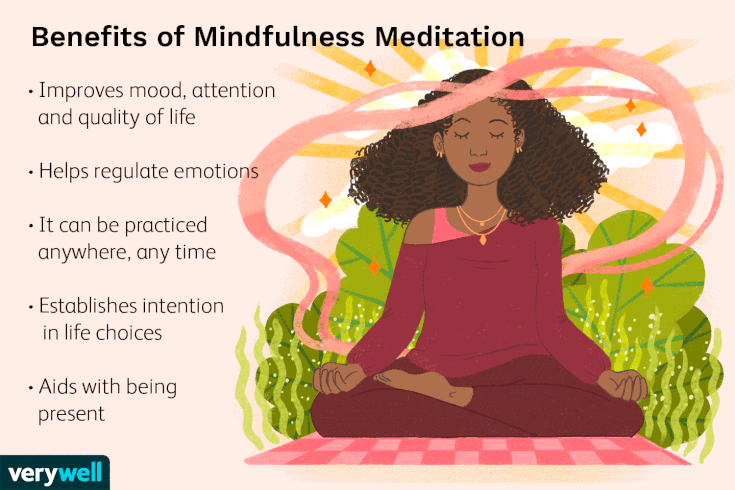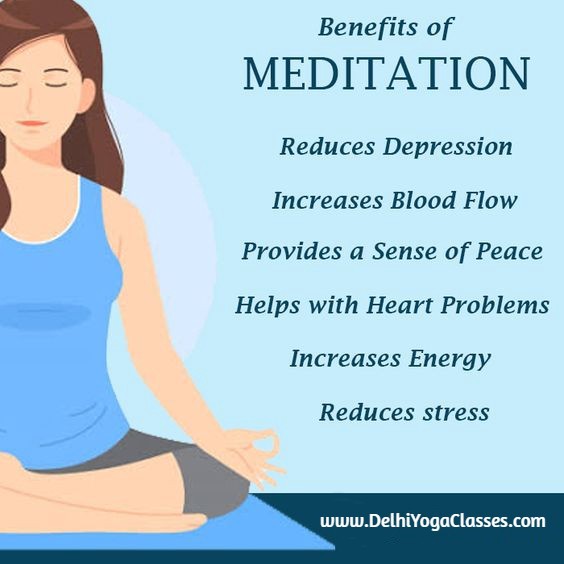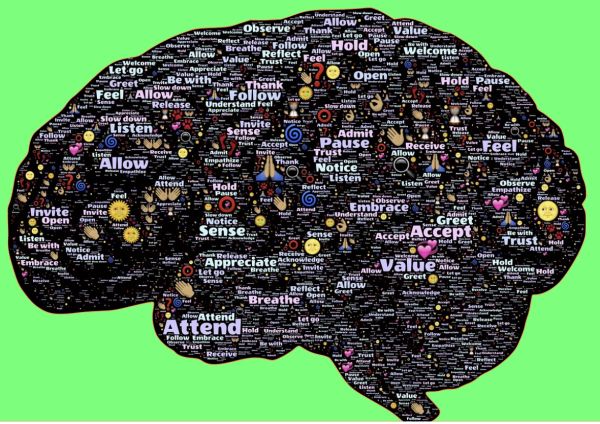
Beginners should first decide why they want to meditate. Then, set a time limit. Meditation should be done for 5-10 minutes. You can increase this time as you get more comfortable. Relax as much as possible and pay attention to what is happening in your body. You can then focus on your breathing. Concentrating on your breathing can make it difficult to concentrate if thoughts are swirling around in your head.
You can begin practicing once you have established a practice time. An excellent option for beginners is to use a body scanner. The body scanner allows you to develop a gentle curiosity regarding your body sensations. A scanner similar to a photocopier can be used to scan your body sensations. Instead of analyzing or changing them, simply notice them and allow them to occur. Try this technique for a few weeks and you will quickly see the results.

For beginners, it might be boring and difficult to remain still. Focusing on certain sensations can help you overcome this. Controlling your breathing is another option. Remember not to be too harsh on yourself. Meditation is a learning process, so you will experience some restlessness. You can concentrate on your attention if you are having difficulty concentrating. You can do this by counting beads on a mala.
When you practice meditation, your mind will begin to be aware of its surroundings. At first you might face obstacles but they will pass as you keep practicing. You must remember that your mind has been busy for thousands of years, so it is not accustomed to being in a state of calm. It will continue to fight until it becomes comfortable with the new surroundings. Your meditation will be easier if your mind can remain calm and focused.
You should meditate as long as possible in the beginning. Your meditation time will vary depending on your lifestyle, personal preferences and availability. For beginners, frequency is more important than duration, so you should start with shorter sessions. Guided meditations can be as short as five minutes. You can build your confidence by practicing a short meditation. It will help you improve your posture. Once you've learned how to hold your posture while meditating, you will be able to use a yoga rug.

A method that is easy for beginners should be chosen. Meditation for beginners should be enjoyable. You can meditate in a way that helps you relax. Guided meditations are great for beginners. They will help you to overcome your doubts and give you more confidence. But, beginners should be patient. The process should be relaxing and free from distractions. Once you have calmed down your mind, your body and mind you can relax.
FAQ
What should my diet consist of?
Get lots of fruits & vegetables. They contain vitamins and minerals which help keep your immune system strong. Also, fruits and vegetables are rich in fiber. This makes them filling as well as helping with digestion. Aim to eat five to six servings of fruit each day.
Get plenty of water. Water flushes toxins out of the body and helps to feel full between meals. Drink about eight glasses each day.
Refined grains should be replaced with whole grains. Whole grains contain all of their nutrients, including B vitamins and iron. Refined grains lack some nutrition.
Avoid sugary drinks. Sugary drinks are high in empty calories and can lead to obesity. Choose water, milk or unsweetened tea instead.
Avoid fast food. Fast food is low in nutritional value. You won't get the energy you need to function well, despite how delicious it may be. Avoid soups, sandwiches and other unhealthy options.
Limit alcohol intake. You can reduce your intake of alcohol by limiting the amount of empty calories. Limit your consumption to no more than 2 alcoholic beverages per week
Red meat consumption should be reduced. Red meats have high levels of cholesterol and saturated fat. Lean cuts of beef or pork, lamb and chicken, as well as fish, are better choices.
What is the difference in calorie and kilocalories?
Calories are units that measure how much food has energy. Calories is the unit of measurement. One calorie is equal to one degree Celsius in energy.
Kilocalories refer to calories in another term. Kilocalories measure in thousandths a calorie. 1000 calories is one kilocalorie.
What are 7 tips for a healthy and happy life?
-
You should eat right
-
Exercise regularly
-
Sleep well
-
Drink plenty of water.
-
Get enough rest
-
Happy!
-
Smile often
Statistics
- WHO recommends consuming less than 5% of total energy intake for additional health benefits. (who.int)
- Extra virgin olive oil may benefit heart health, as people who consume it have a lower risk for dying from heart attacks and strokes according to some evidence (57Trusted Source (healthline.com)
- nutrients.[17]X Research sourceWhole grains to try include: 100% whole wheat pasta and bread, brown rice, whole grain oats, farro, millet, quinoa, and barley. (wikihow.com)
- According to the 2020 Dietary Guidelines for Americans, a balanced diet high in fruits and vegetables, lean protein, low-fat dairy and whole grains is needed for optimal energy. (mayoclinichealthsystem.org)
External Links
How To
What does the word "vitamin" mean?
Vitamins are organic substances found naturally in food. Vitamins aid us in absorbing nutrients from the food we eat. The body cannot make vitamins; therefore, they must be obtained from food.
Two types of vitamins exist: water-soluble vitamin and fat-soluble vitamin. Water-soluble vitamins dissolve quickly in water. These include vitamin C (thiamine), Vitamin B1 (riboflavin), Vitamin B2 (riboflavin), Vitamin B3 (niacin), Vitamin B6 (pyridoxine), Vitamin C, B1 (thiamine), Vitamin B2 (riboflavin), Vitamin B3 (niacin), and Vitamin B6 (pyridoxine). Fat soluble vitamins are stored in the liver and fatty tissue. Examples include vitamin D, E, K, A, and beta carotene.
Vitamins can be classified according to biological activity. There are eight main groups of vitamins.
-
A - vital for healthy growth.
-
C - important for proper nerve function and energy production.
-
D – Essential for healthy teeth, bones and joints
-
E - needed for good vision and reproduction.
-
K - Required for healthy nerves and muscles.
-
P – vital for building strong bones.
-
Q - Aids digestion and iron absorption
-
R - necessary for making red blood cells.
The recommended daily intake (RDA), of vitamins varies with age, gender and physical condition. RDA values are set by the U.S. Food and Drug Administration (FDA).
For adults aged 19 and older, the RDA for vitamin B is 400 micrograms daily. Pregnant women require 600 micrograms daily to support fetal development. Children ages 1-8 require 900 micrograms per day. Children under 1 year old require 700 micrograms daily, while infants over one year old need 500 micrograms every day. This decreases between 9 and 12 months.
Children aged between 1-18 years require 800 micrograms of sugar per day, while overweight children need 1000 micrograms. Children who are underweight receive 1200 micrograms every day to meet their nutritional requirements.
Children aged 4-8 years old who have been diagnosed as having anemia require 2200 micrograms of vitamin C per day.
2000 micrograms daily is required for adults over 50 to maintain their general health. Women who are pregnant or breastfeeding need 3000 micrograms per day due to increased nutrient requirements.
Adults over 70 need 1500 micrograms daily, as they lose 10% of their muscle every ten years.
Women who are pregnant or nursing need more than the RDA. Pregnant mothers need 4000 micrograms per daily during pregnancy and 2500 after giving birth. Breastfeeding mothers need 5000 micrograms per day when breast milk is being produced.